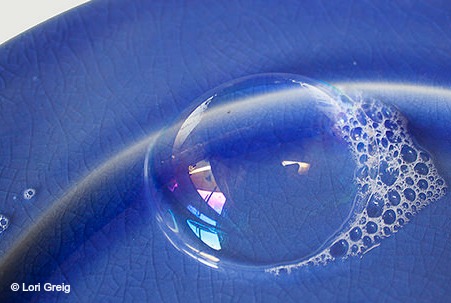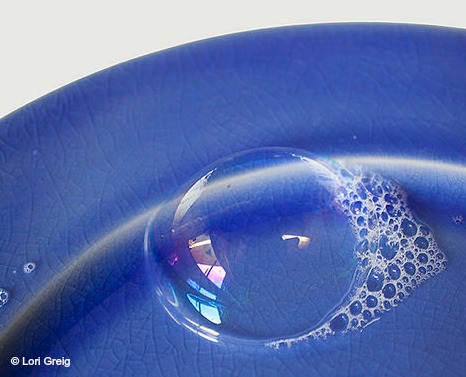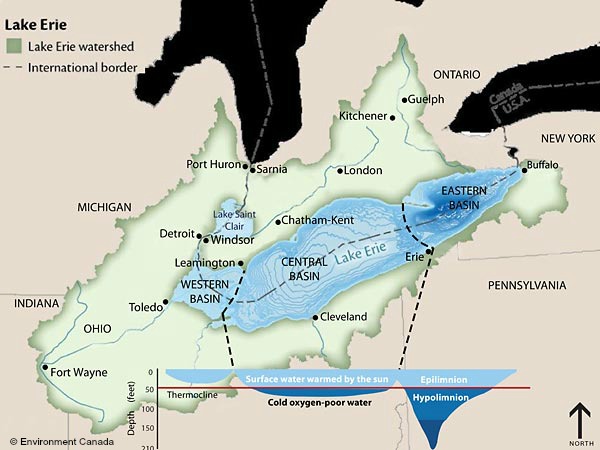
In previous blog posts, we’ve discussed lagoon ammonia, including its sources and how to treat it.
In this two-part article, we’ll begin to tackle the other half of the nutrients puzzle: wastewater lagoon phosphorus. Part 1 will cover the sources of lagoon phosphorus and the problems environmental phosphorus can cause. The upcoming Part 2 will address options for lagoon phosphorus removal.
Where Does Wastewater Lagoon Phosphorus Come From?
Like nitrogen, much of the phosphorus that ends up in surface waters comes from unregulated sources like agricultural fertilizer runoff and livestock operations. Discharges from municipal wastewater treatment facilities are also a major contributor.
Wastewater lagoon phosphorus can come from many sources:
- Human waste
- Household wastes
- Industrial wastes
- Cleaners and detergents
- Benthal feedback from anaerobically digesting sludge
Whatever its source, excessive phosphorus can damage our ecosystem, which is why state, national, and international regulating bodies are seeking to control it.
Triplepoint’s PhosBox™ cost-effectively removes wastewater lagoon phosphorus.
Why Is Phosphorus a Problem?
Phosphorus, like nitrogen (a component of ammonia), is a nutrient that is essential for the growth of algae and aquatic plants. In excess, however, nutrients overstimulate their growth and can impair receiving waterways through eutrophication and hypoxia:
Eutrophication is the explosive overgrowth of plant life—especially simple plants like algae and aquatic weeds—as it responds to the fertilizing effects of phosphorus and nitrogen. As these plants proliferate, they choke out other life forms, causing stagnancy, scummy algal blooms, and sediment. Water becomes cloudy and possibly odorous. Toxic algae may proliferate and contaminate the drinking water supply, as occurred in Toledo, Ohio, in 2014.
The Great Lakes Water Quality Agreement requires the U.S. and Canada to reduce phosphorus levels in the Lake Erie watershed to combat algal blooms, with new phosphorus reduction targets due in February 2016 and enforcement actions to follow.
Hypoxia is the term for low oxygen conditions, where the concentration of dissolved oxygen in the water is below 2 mg/L—too low to sustain life. When the algae and plants stimulated by excess nutrients die, they sink to the bottom of the water and decompose. The decomposition process further depletes the oxygen that fish and other organisms need to survive, causing hypoxia. The second largest hypoxic area, or “Dead Zone,” in the world is where the Mississippi River enters the Gulf of Mexico. The size of the Gulf Dead Zone varies each year. According to the National Oceanic and Atmospheric Administration (NOAA), as of August 2015, the dead zone was even worse than was predicted: 6,474 square miles, or almost 30 percent larger than last year.

When hypoxic conditions occur, aquatic animals leave; those that cannot escape, like mussels and crabs, die. Hypoxia also makes it difficult for young fish and shellfish to find the food they need to reach adulthood, reducing reproduction. Dead zones are a threat to commercial and recreational fishing and the local economies that depend on them.
Climate change is also expected to exacerbate damage to waterways from nutrient overload. Increasing temperatures lead to longer growing seasons for algae; warmer water holds less dissolved oxygen; and more severe storms create agricultural runoff.
What This Means to You
In their report, An Urgent Call to Action—Report of the State-EPA Nutrient Innovations Task Group (2009), the EPA states, “Although not all POTW permits may need numeric phosphorus and nitrogen limits to address water quality issues, there is a potential for more widespread use of nutrient limits in NPDES POTW permits where impaired or vulnerable waters are present.”
Some municipalities and industries, especially those near impaired waters like the Mississippi River Basin and the Lake Erie watershed, already have wastewater lagoon phosphorus and ammonia-nitrogen limits in place. Everyone else is likely to have them eventually. Whether these new limits will be enforced in a couple of years or farther down the road, it’s important for lagoon owners to anticipate changes to their effluent permits when planning for a facility expansion or upgrade.
In Part 2, we’ll discuss the options for wastewater lagoon phosphorus removal, including PhosBox, Triplepoint’s tertiary lagoon phosphorus removal process.


